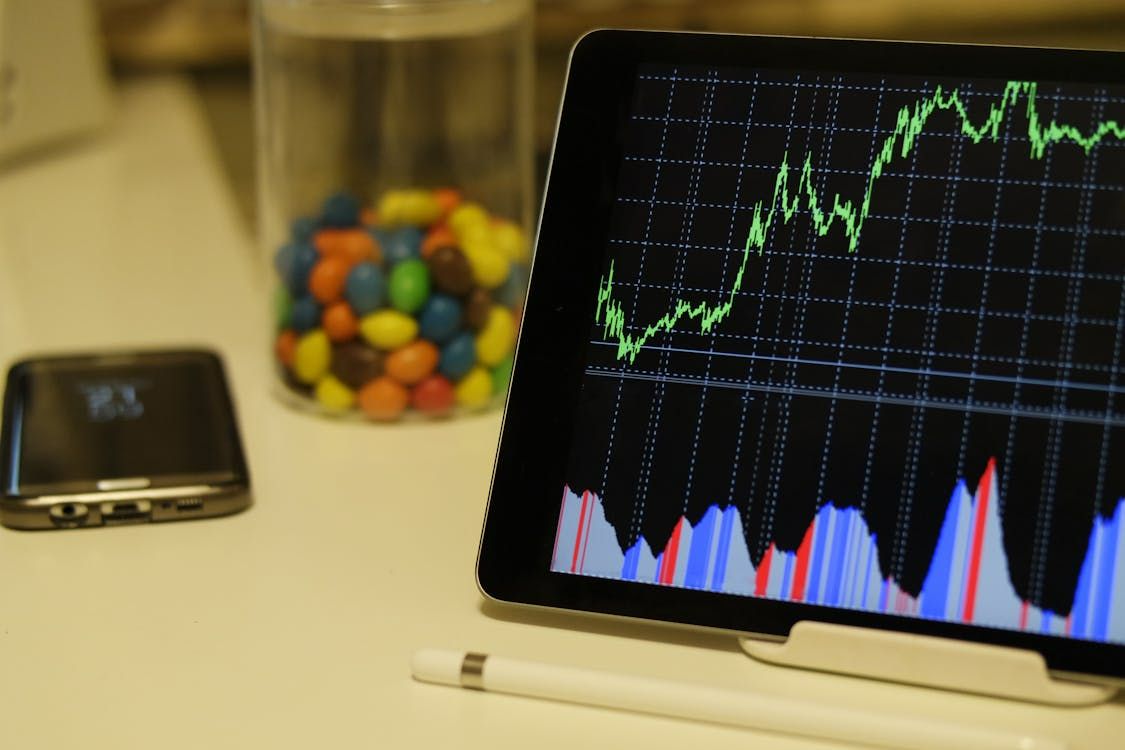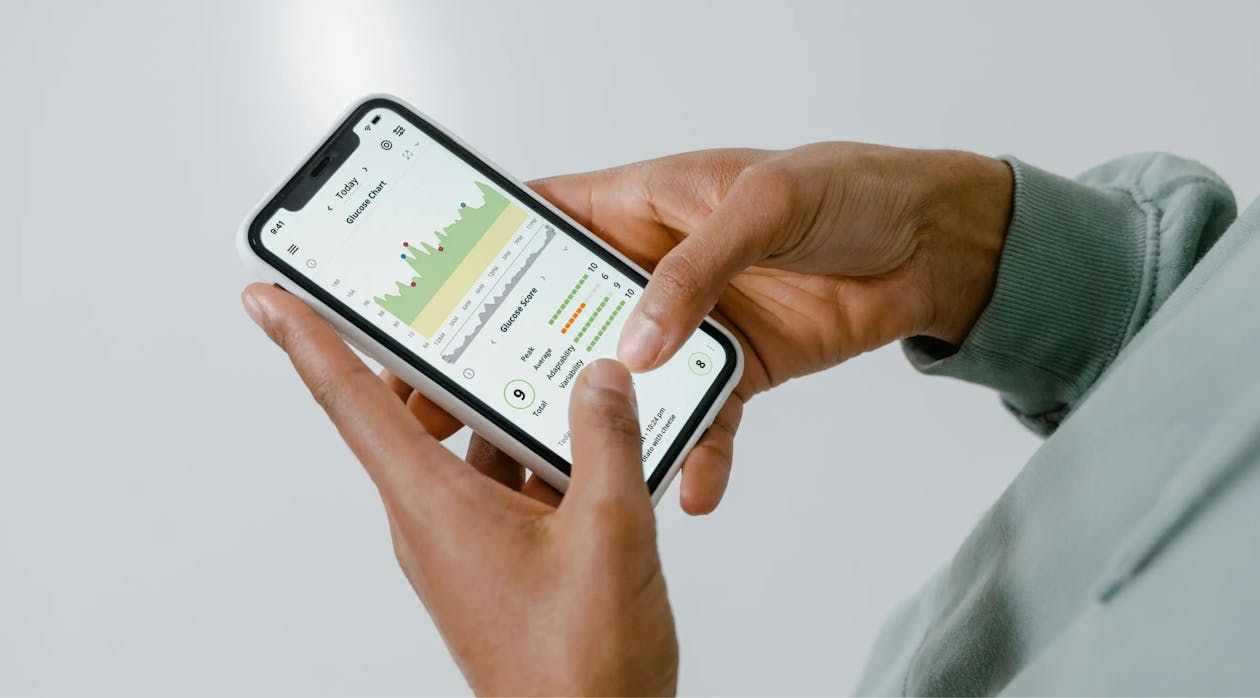12 Best AI Video Creation Tools to Try in 2025




QR codes used to be simple—just black and white squares linking to a website or menu. Now they’ve turned into small gateways for data, automation, and personalization.
QR codes used to be simple—just black and white squares linking to a website or menu. Now they’ve turned into small gateways for data, automation, and personalization. With tools like a dynamic QR code generator, businesses can update information, track performance, and connect physical spaces to digital stories. And as artificial intelligence becomes part of everyday tools, QR platforms are quietly learning how to think ahead—collecting insights and simplifying how we share, sell, and communicate.
AI has slipped into the QR world almost unnoticed. It’s not about robots or complicated systems—it’s about small, smart adjustments that make work faster and more accurate. Today, a QR code generator can automatically analyze scans, detect usage trends, and help brands make better decisions without guesswork.
Imagine a restaurant owner who updates a daily menu, a marketer tracking print campaigns, or a teacher creating codes for lesson materials. Automation takes over the routine parts—updating links, tracking devices, analyzing results—so people can focus on the creative side. The rise of AI just means QR systems can now learn from that data, helping users predict what will work next instead of only looking backward.
These are the platforms quietly shaping that shift, each with its own style and strength.

When small businesses start using QR codes, the right tool can make all the difference. It’s not about having dozens of features — it’s about choosing a platform that fits how you actually work. The options below show how design, automation, and insight can come together in tools that stay simple enough for daily use.
ME-QR is an international platform for generating, managing, and analyzing QR codes. It’s designed for people who need more than static links—allowing updates anytime without changing the printed code. The platform gives marketers and teams a sense of control, especially when campaigns spread across countries or languages.
It stands out with its support for dynamic QR codes, built-in scan analytics, and simple tools for branding with logos or colors. For larger teams, integrations through API make it easy to connect ME-QR to their own systems. The interface is clean, intuitive, and available in 28 languages, with users in many parts of the world.
Its downsides are small—design options can feel basic if you’re chasing a highly artistic look—but its balance of power and simplicity keeps it a reliable choice for most businesses.
Scanova helps teams organize and manage QR campaigns in one place. It focuses on structure and collaboration, making it easier for several people to handle designs, data, and updates together.
What people like most is how clear the dashboard feels—it shows performance metrics, locations, and engagement details without needing extra software. It fits especially well for marketing teams juggling dozens of codes at once.
The only issue is that lower-tier plans limit how much you can brand or customize your QR pages. Still, for those who want smooth teamwork and clarity, Scanova delivers exactly that.
Pageloot takes a creative approach. It’s built around a visual editor that helps users create QR code campaigns with personality—color, shape, and layout can all reflect a brand’s tone.
Behind the design tools sits a practical analytics system. Users can track performance over time and get quick summaries by email, turning raw data into easy-to-read reports. It’s a simple way to stay informed without digging through spreadsheets.
Some of its more advanced tracking tools are only available on paid plans, but even the free version offers enough for individuals and small teams looking to experiment with digital links.
This platform connects QR creation with marketing automation, making it ideal for event planners, retailers, and corporate teams. QR Code Kit helps users handle bulk generation, analyze scans, and adjust content on the fly.
Its strength is in connection—it works smoothly with CRM tools and email platforms, which means data from each scan can feed directly into your contact lists or campaigns. That kind of automation saves time for growing businesses.
The interface can look complex at first, especially for beginners, but once users get comfortable, it becomes a powerful partner for tracking and engagement.
QRStuff is one of the older names in this space and keeps things refreshingly straightforward. It’s the kind of free QR code generator that people use when they just need something fast and functional.
It covers a wide range of code types—from links and Wi-Fi access to event tickets—and it rarely fails to deliver. Many small businesses like it for one-off projects where deep analytics aren’t needed.
Design customization is limited, and the look feels dated compared to newer platforms. But for simple, reliable QR creation, it still gets the job done.
Known mainly for short links, Bitly has added QR creation as part of its platform. It automatically connects each QR code to Bitly’s detailed link analytics, letting marketers see real-time engagement from every scan.
This connection between links and codes is what makes it interesting—everything lives in one place. It’s efficient for social media managers who already use Bitly for campaign tracking. Many teams use it to:
On the downside, visual customization is minimal, and branded domains require a higher-tier plan. Still, for users who value simplicity and data in the same space, Bitly feels familiar and dependable.
QR.io focuses on design and flexibility. It lets users generate QR code designs that look polished and brand-consistent. The platform allows dynamic edits, so codes can be reused for new links or campaigns without reprinting.
Its analytics tools give a quick look at scan behavior and performance trends. For small businesses or artists, it’s a friendly way to explore QR codes that match a visual identity.
Sometimes the design interface can lag when working with many custom elements, but it rarely disrupts the creative process. Overall, it’s a good balance between form and function.

Every scan tells a story—when, where, and how people interact. AI helps turn those small stories into patterns that businesses can actually use. With a QR code generator free online, even a local shop can see when its flyers or menus attract attention and adjust content right away.
What’s changing now is the speed of learning. Instead of guessing what works, QR platforms are starting to understand what users want. Smart analytics, automated updates, and AI-driven recommendations are turning the simple QR code into a tool that thinks a little for itself.
ME-QR and similar platforms show how accessible that future already is. They bring automation, simplicity, and global reach into a space that once felt purely technical. And that’s the quiet power of these small squares—they don’t just store links anymore; they store possibilities.
Create Epic
SendFame